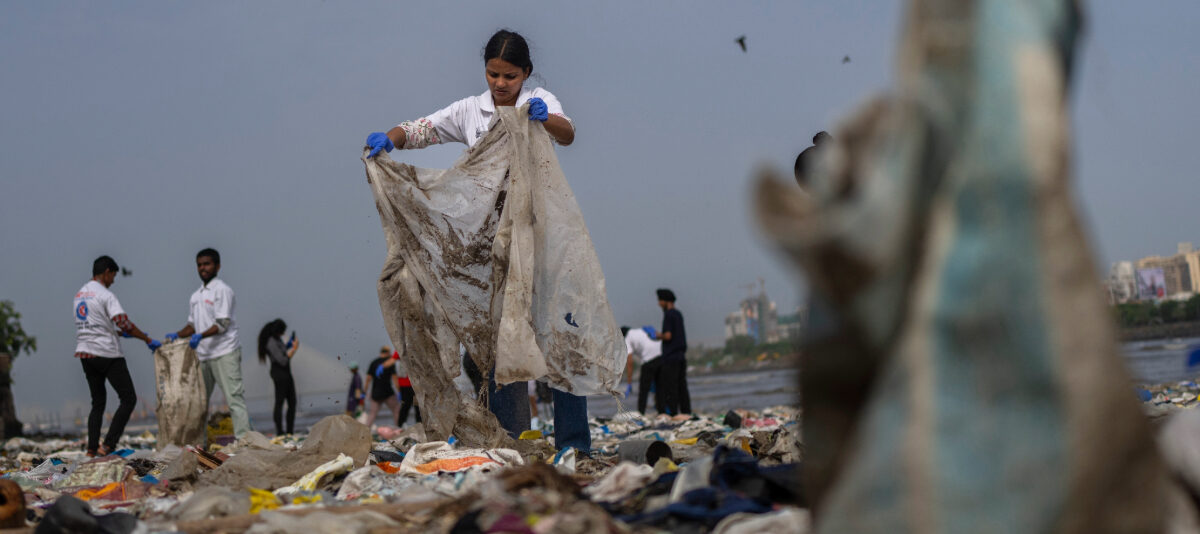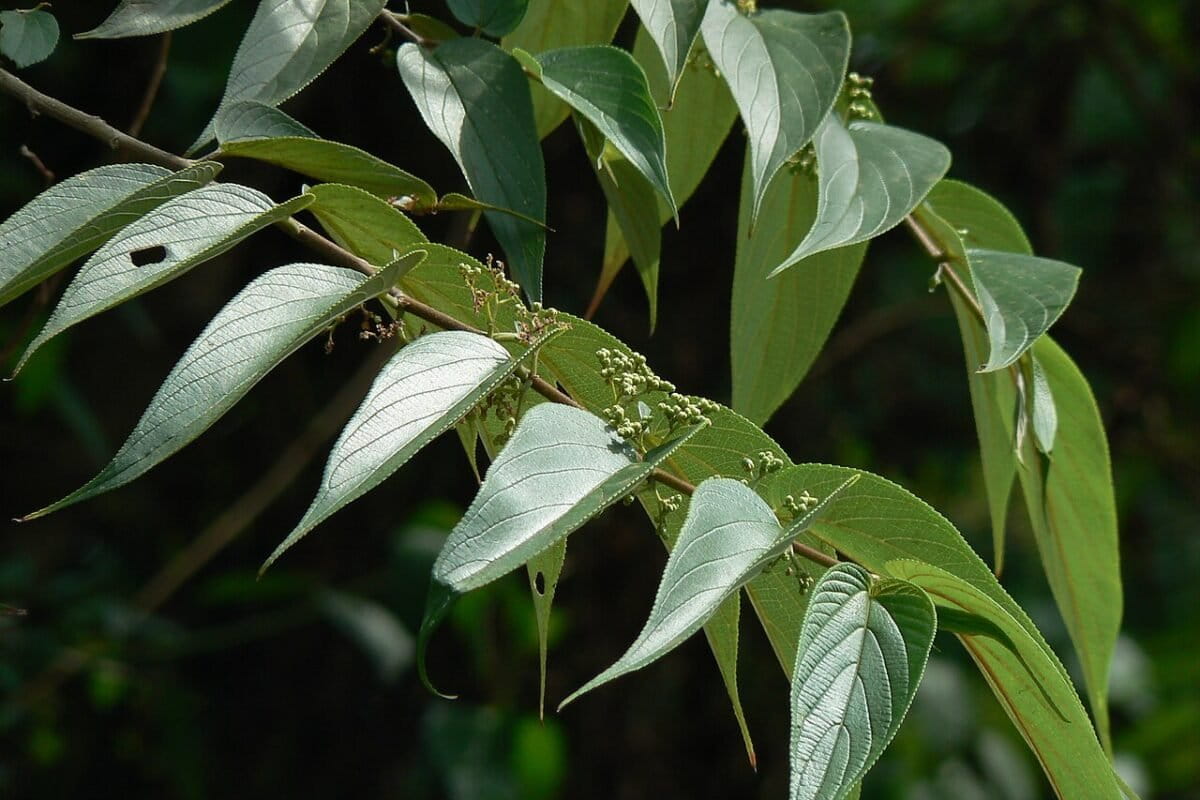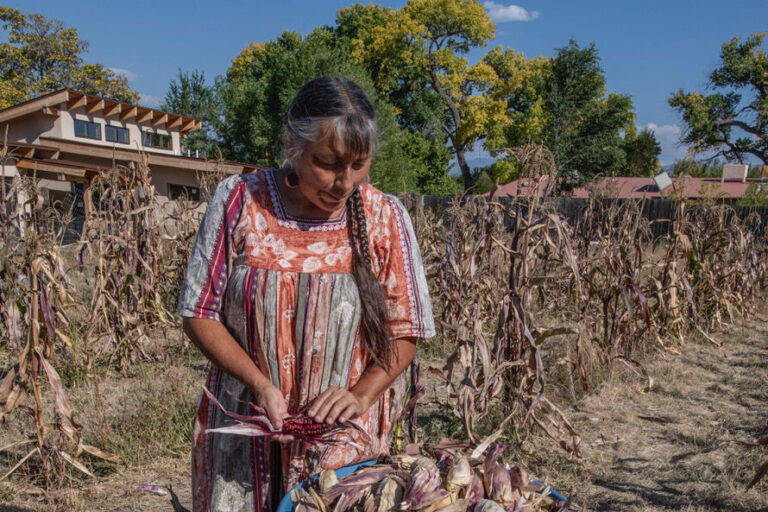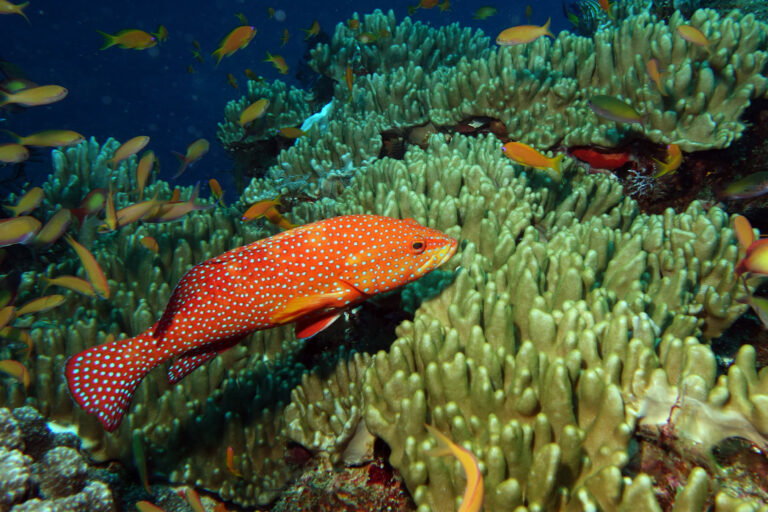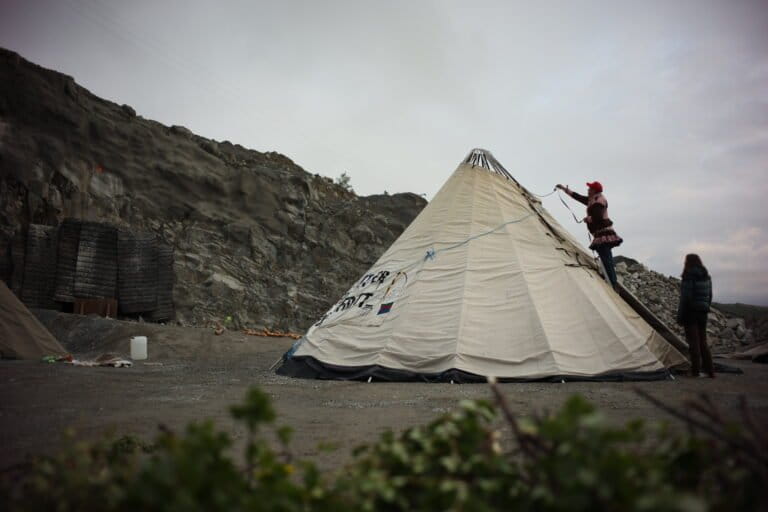Although developers and government often tout dams as environmentally-friendly energy sources, this is not always the case. Dams impact river flows, changing ecosystems indefinitely; they may flood large areas forcing people and wildlife to move; and in the tropics they can also become massive source of greenhouse gases due to emissions of methane. Despite these concerns, the Amazon basin—the world’s largest tropical rainforest—is being seen as prime development for hydropower projects. Currently five nations—Brazil, Bolivia, Colombia, Ecuador, and Peru—are planning over 146 big dams in the Amazon Basin. Some of these dams would flood pristine rainforests, others threaten indigenous people, and all would change the Amazonian ecosystem. Now a new website, Dams in Amazonia, outlines the sites and impacts of these dams with an interactive map.
Developed by US NGO International Rivers and Argentine NGO Fundacion PROTEGER, with funding by ECOA from Brazil, the website uses information from official documents to display dams in Google Maps. Currently available in English, Spanish, and Portuguese, details on the dams includes whether construction has begun, the contracted companies, the megawatts of the dam, the cost, which river systems will be affected, and which indigenous people and protected areas could be impacted.
“For the next phase of this project, we plan to incorporate other useful sources of data, such as overlay maps of indigenous lands and conversation units, as well as transmission lines, in order to better illustrate how many dam projects will directly impact sensitive protected areas,” Brent Millikan, Amazon Program Director for International Rivers, said in a press release.
Some planned dams have led to protests and blockades from indigenous groups, including one of the most controversial dams in Brazil: the Belo Monte dam. If built the dam would flood 500 square kilometers of pristine rainforest, relocate 12,000 people, and, according to critics, negatively impact 45,000 indigenous people who depend on the river.
“It’s astounding to see the plans that governments and the dam industry have for the world’s most important river basin. If all these projects are built, it would be catastrophic for the Amazon ecosystem and the livelihoods of hundreds of thousands of indigenous people and riverbank dwellers who depend on the river for survival,” adds Millikan.
Governments argue that dams are necessary to meet the energy demands of growing, and in some cases increasingly ‘plugged-in’, populations.
Related articles
Indigenous tribes occupy dam in Brazil, demand reparations
(07/27/2010) An indigenous group in Brazil has taken over a hydroelectric dam, which they state has polluted vital fishing grounds and destroyed sacred burial ground. They are demanding reparations for the damage done and that no more dams are built in the region without their prior consent.
Environmentalists and indigenous groups condemn plan for six dams in Peruvian Amazon
(06/21/2010) Environmentalists and indigenous groups have come together to condemn a 15 million US dollar plan for six hydroelectric dams in the Peruvian Amazon, signed last week by Brazilian President Luiz Inácio Lula da Silva and Peruvian President, Alan Garcia. While the six dams would produce over 6,000 megawatts, mostly for Brazil, critics say the dams will flood tens of thousands of hectares of rainforest, devastate the lifestyles of a number of indigenous groups, and only serve big Brazilian corporations.
‘Prepare for war’: tensions rising over Brazil’s controversial Belo Monte dam
(05/25/2010) Tensions are flaring after Brazil’s approval of the Belo Monte dam project last month to divert the flow of the Xingu River. The dam, which will be the world’s third larges, will flood 500 square miles of rainforest, lead to the removal of at least 12,000 people in the region, and upturn the lives of 45,000 indigenous people who depend on the Xingu. After fighting the construction of the dam for nearly thirty years, indigenous groups are beginning to talk of a last stand.



